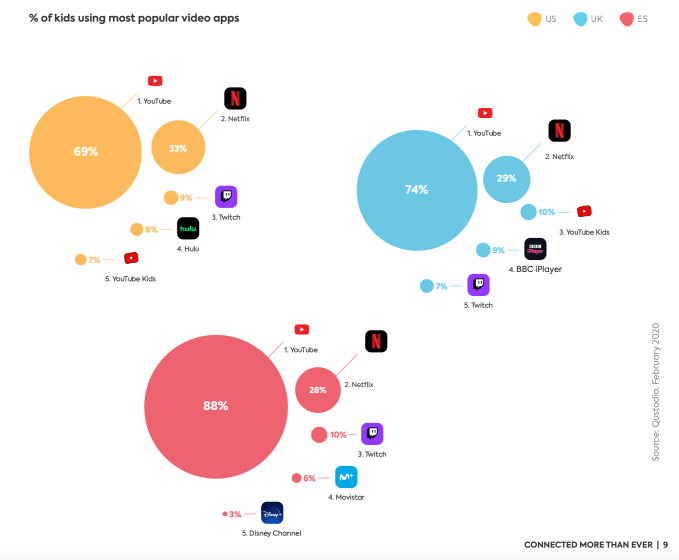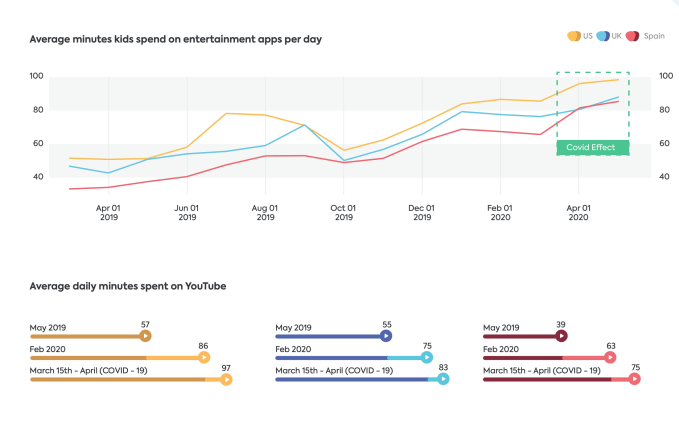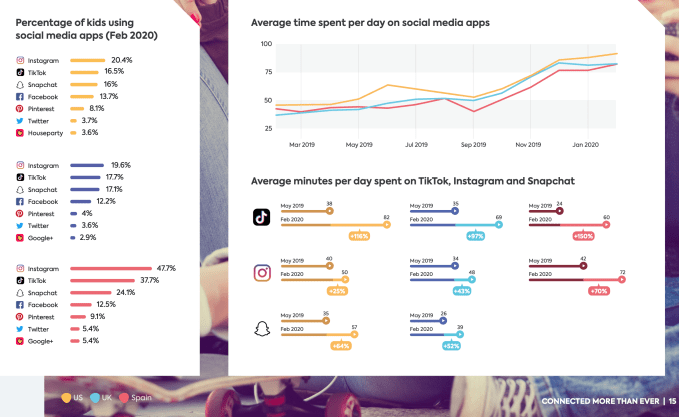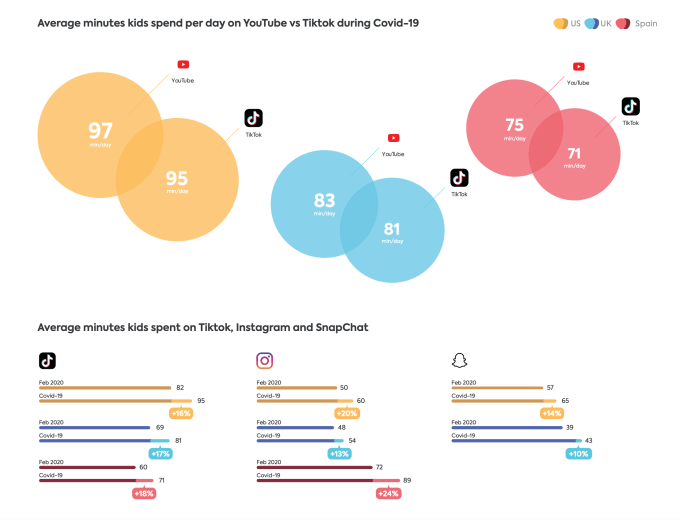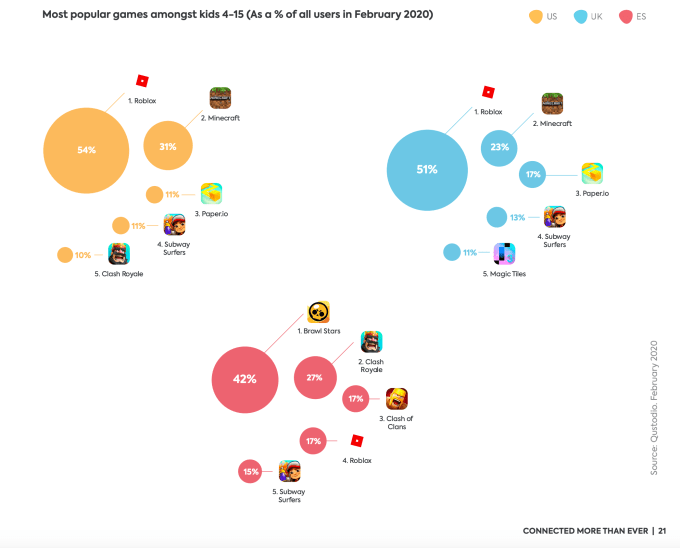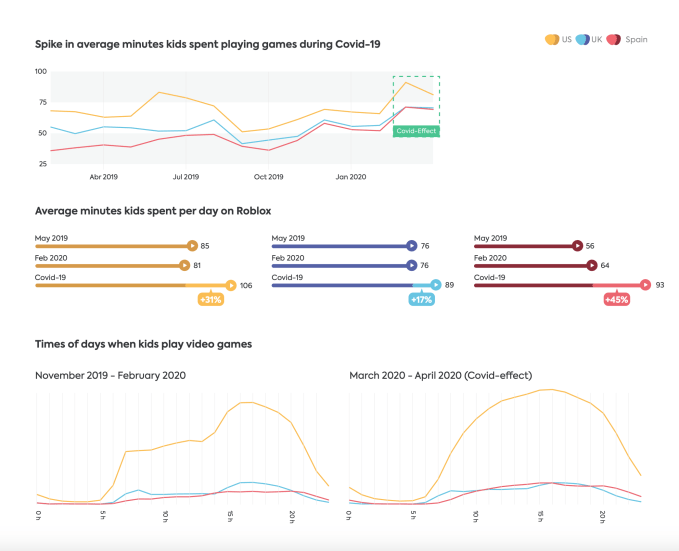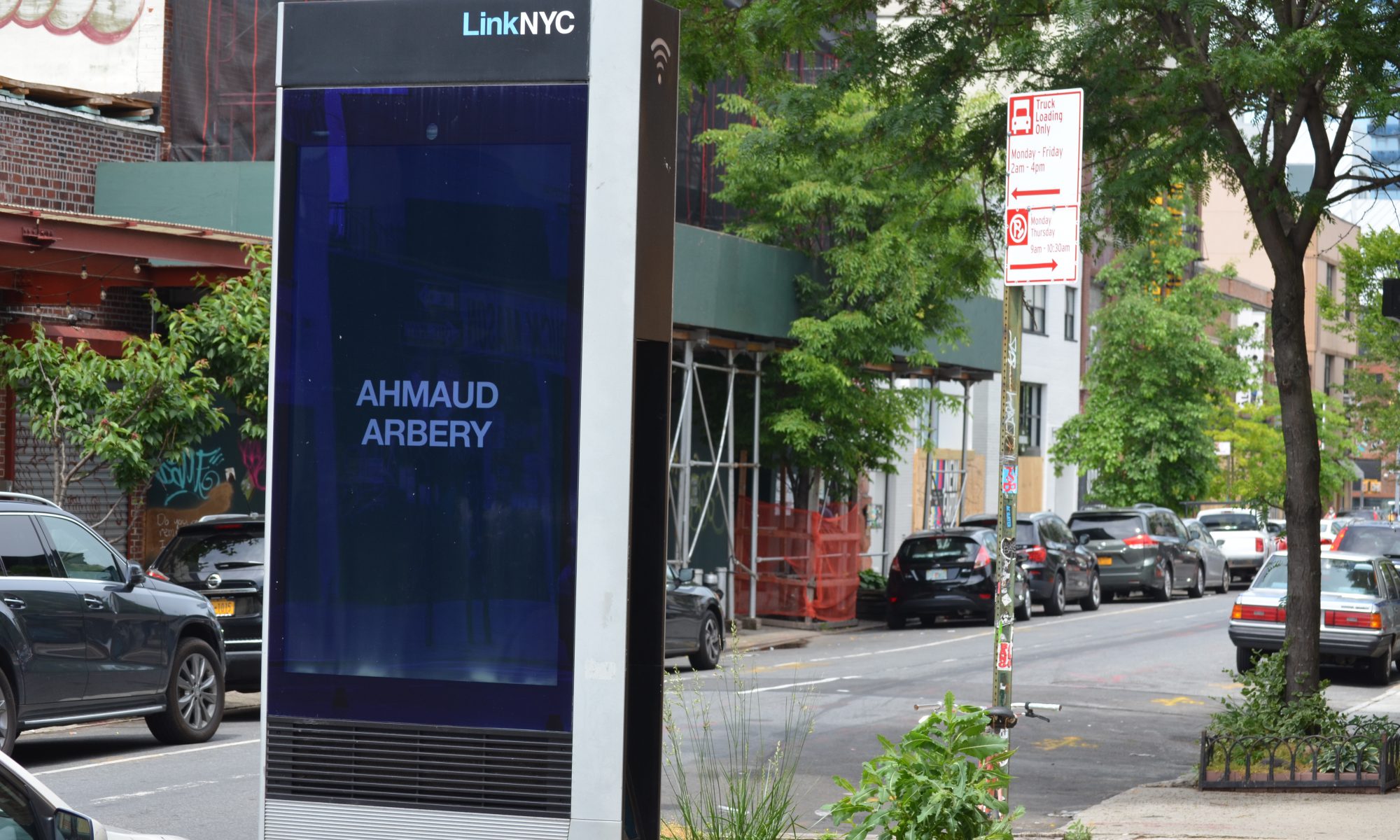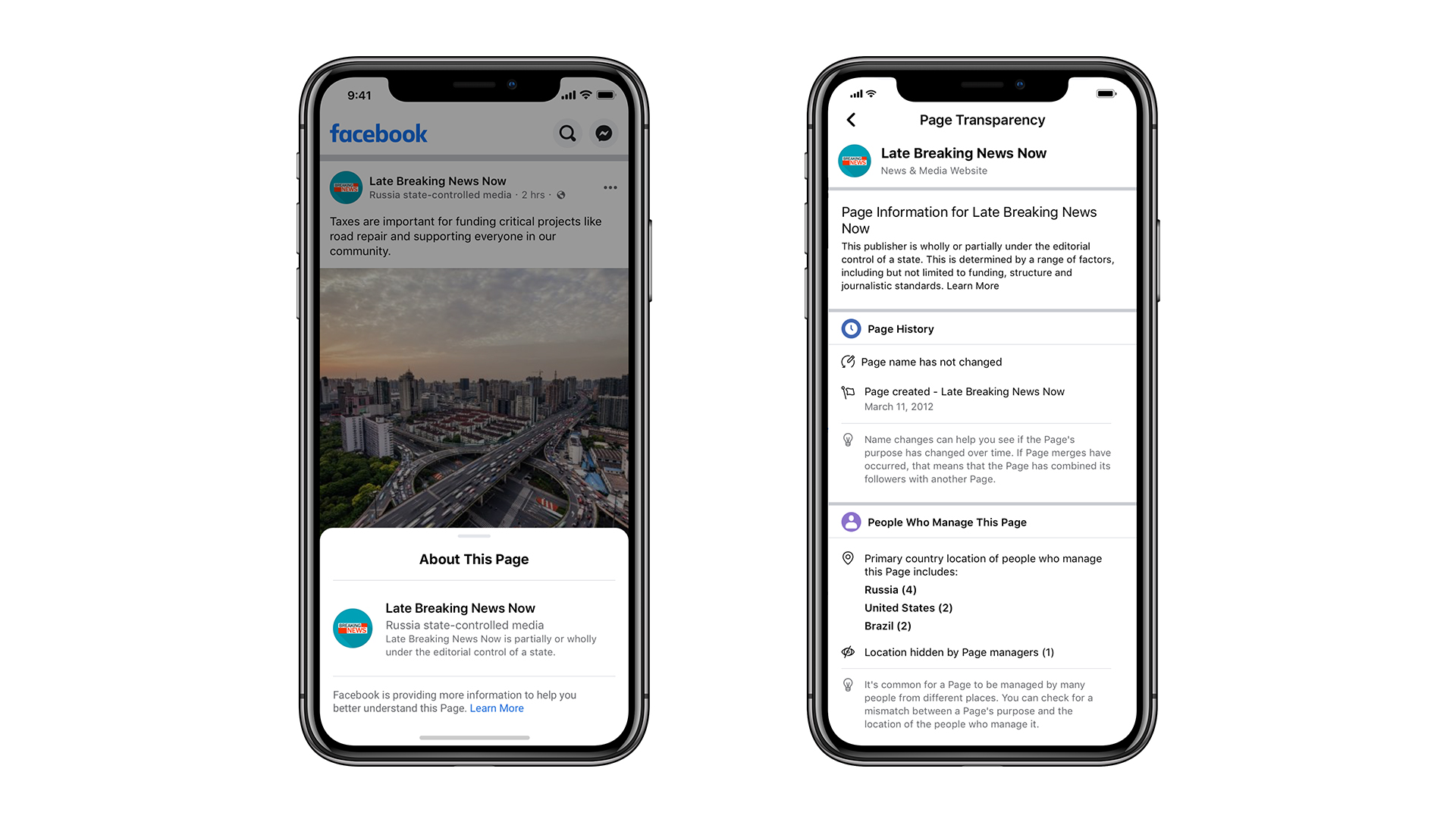A startup called Portobel is working to help food producers shift their businesses so they can support direct-to-consumer deliveries.
Portobel is backed by Heroic Ventures and led by Ranjith Kumaran, founder or co-founder of file-sharing company Hightail (acquired by OpenText) and loyalty startup PunchTab (acquired by Walmart Labs).
Kumaran told me that he and his co-founders Ted Everson and Itai Maron started out with the goal of improving the delivery process by using low-cost, internet-connected devices to track each order. As they began testing this out — primarily with dairy companies and other producers of perishable goods — customers started to ask them, “Hey, you can monitor these things, can you actually deliver these things, too?”
So last year, the company started making deliveries of its own, which involved managing its own warehouses and hiring its own drivers. Kumaran said the resulting process is “a machine that turns wholesale pallets into direct-to-consumer deliveries.”
He also emphasized that the company is taking safety precautions during the pandemic, ensuring that all of its warehouse workers and drivers have masks and other protective equipment, and that the drivers use hand sanitizer between deliveries.
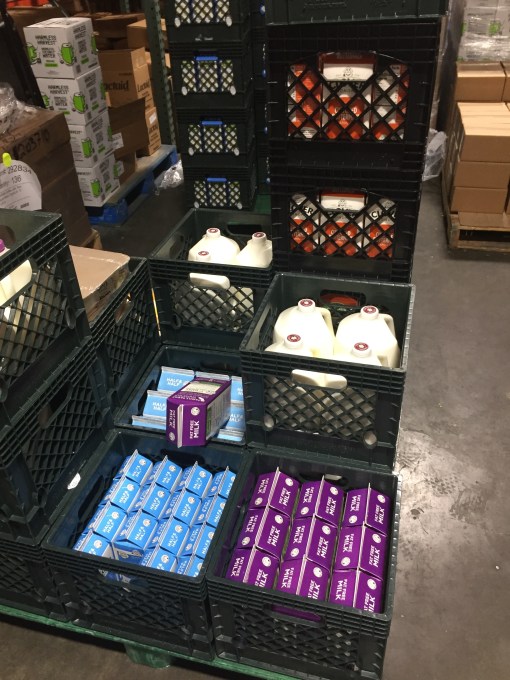
Image Credits: Portobel
Portobel currently operates in the San Francisco Bay Area and Los Angeles/Orange County. Kumaran said the COVID-19 pandemic has only accelerated the demand for the startup’s services, with the number of households it serves tripling since April.
That might sound a little surprising, since supermarkets were basically the one store that customers are still visiting regularly. Plus, there are a range of grocery delivery options.
However, Kumaran suggested that the D2C model is better for both producers and consumers. Producers get recurring orders for larger packages of food. And for consumers, “If you buy straight from the wholesale producer … everything’s in stock.”
As for delivery, he said that when you buy your groceries online, things are being packed and dispatched at your local store.”
“All those things about selection and availability, put those aside — the modern grocery store is not set up for efficient e-commerce delivery,” he added. “They need to block the aisles to pick up product, there’s no dedicated place to dispatch deliveries. That’s kind of why, if you’ve tried [grocery delivery], there are unpredictable delivery windows. It’s a challenge for these guys to scale online.”
Portobel’s customers include San Francisco-based grocery company Moo Cow Market. In a statement, Moo Cow founder Alexandra Mysoor said, “The pandemic has propelled retail as we knew it into a new wave, blending and merging all past and current forms of commerce. That’s where companies like Moo Cow Market enter and can scale and grow thanks to services like Portobel.”
Source: Tech Crunch




